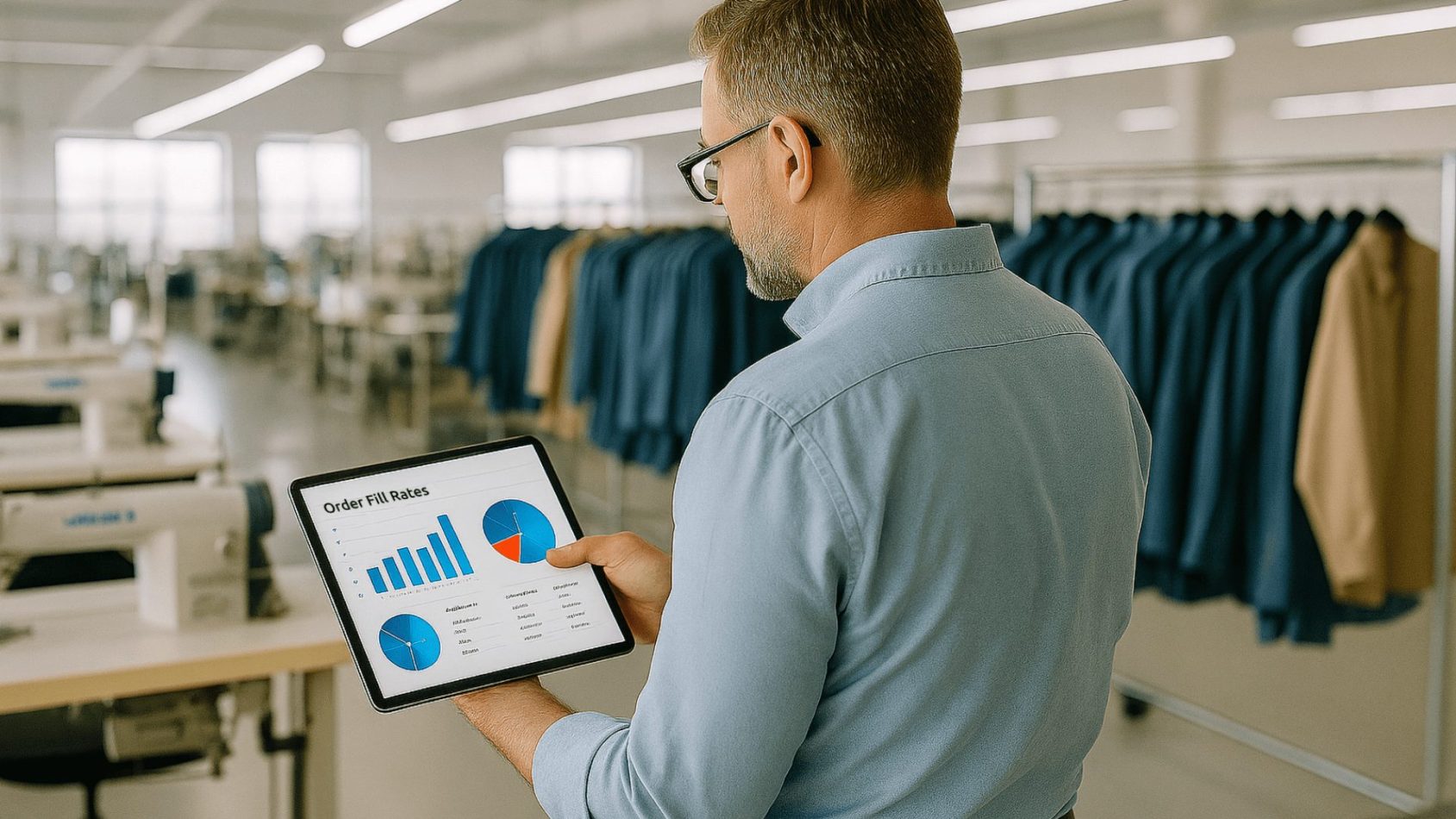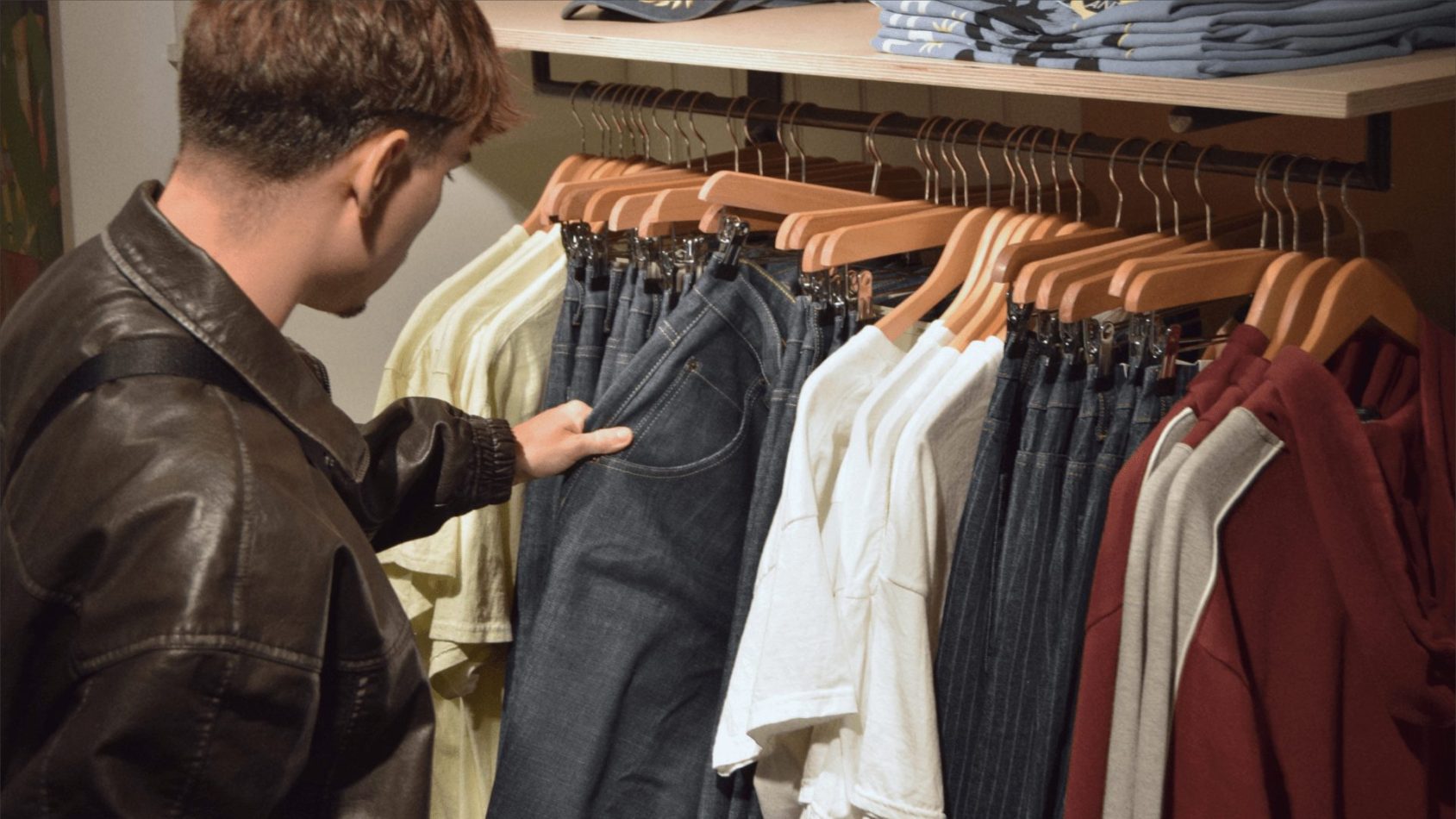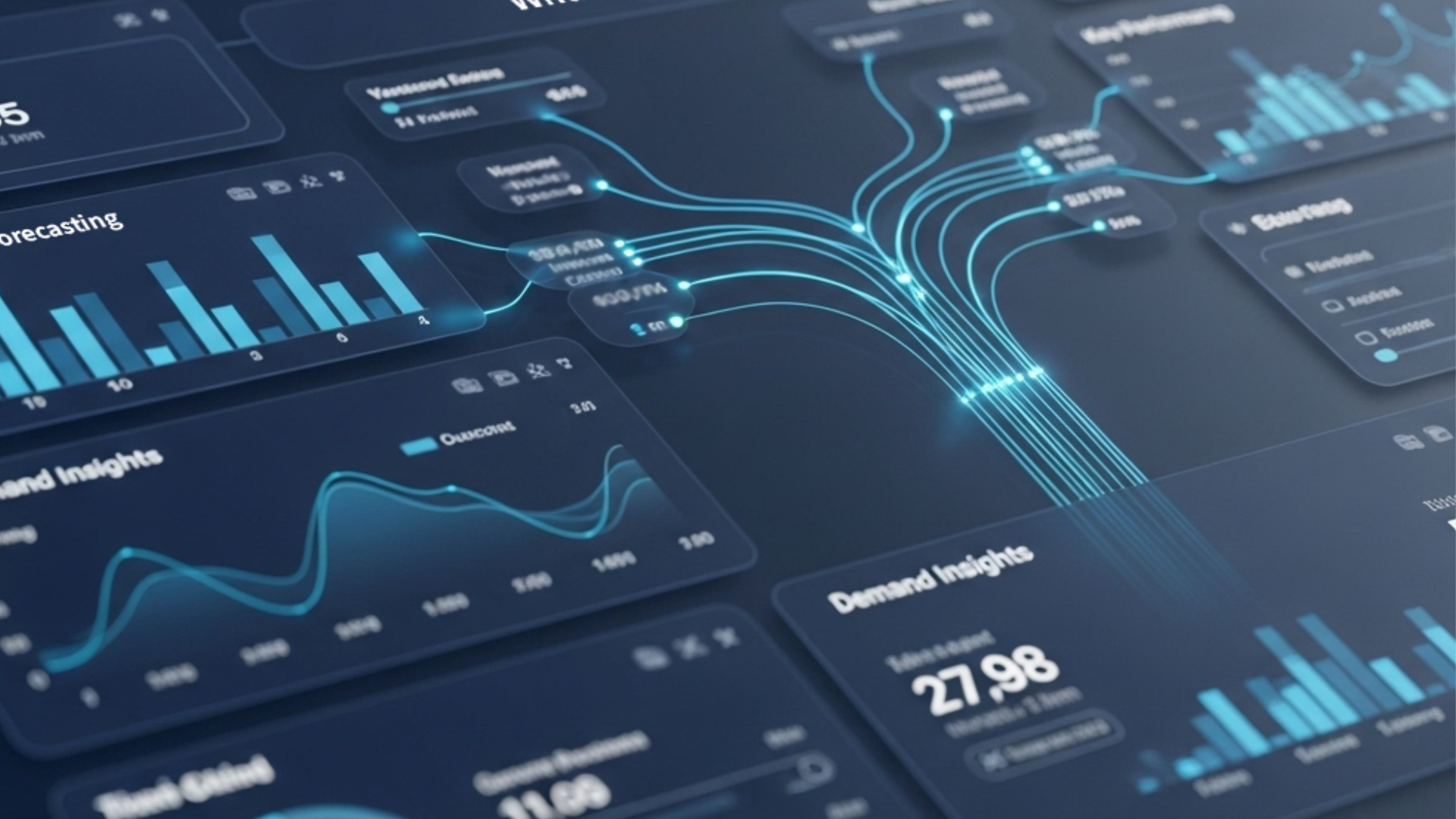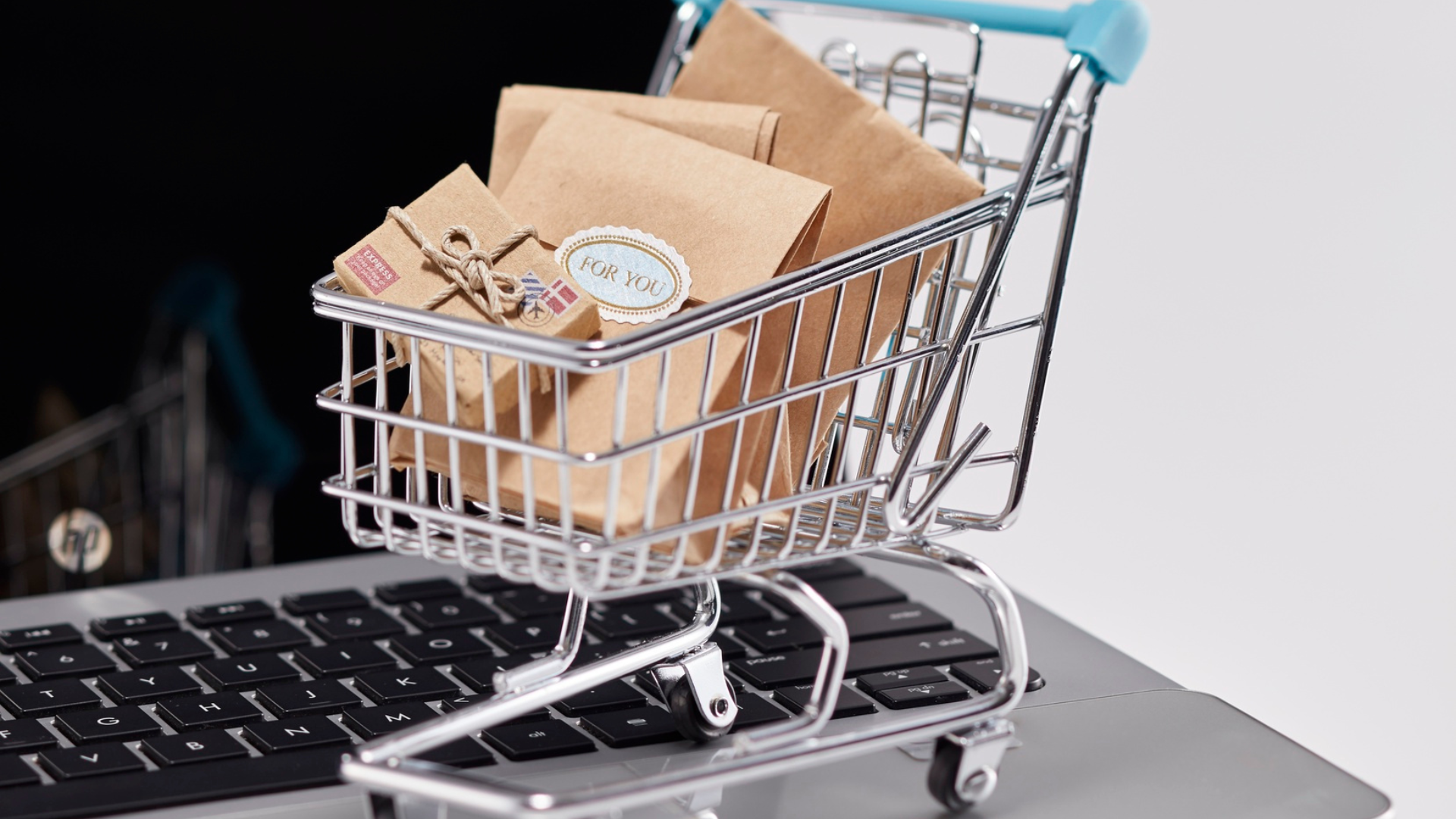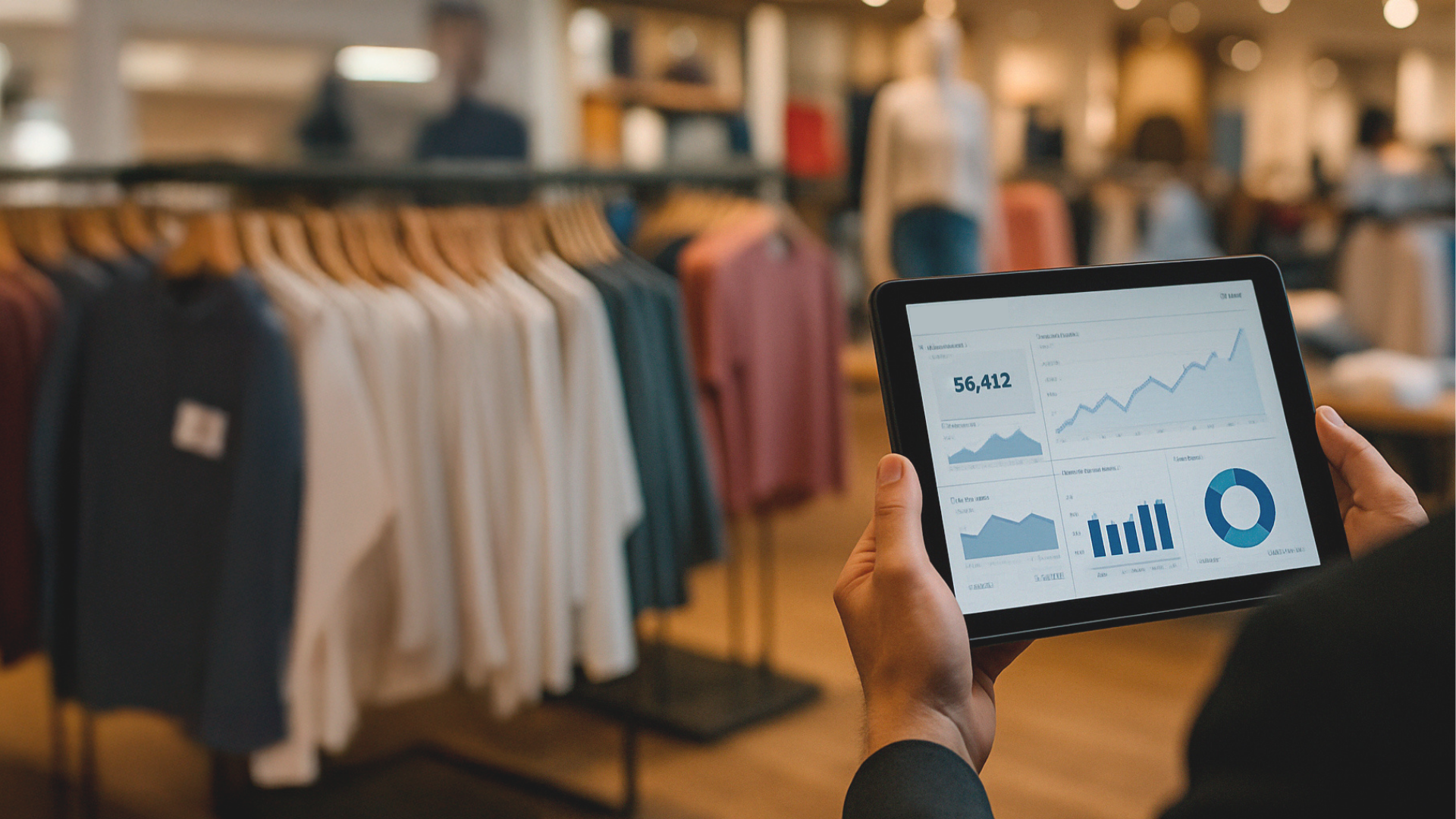As global trade dynamics continue to shift, retailers and wholesalers are finding themselves in a new era of volatility. Once beneficiaries of globalization, the consumer goods sector is now facing increased uncertainty as protectionist policies and tariff expansions raise the stakes across supply chains.
According to a recent PwC report, these tariffs could impact the consumer product sector by up to $134 billion. That’s five times the current tariff load of $27 billion. And the apparel industry is bearing the brunt of it. To remain competitive and profitable, businesses must embrace a more precise, tech-enabled and forward-thinking approach.

5 Tariff Strategies to Avoid the Cost of Getting it Wrong
One of the most underestimated consequences of tariffs is the cost of getting it wrong. Overbuying, inaccurate forecasting, or delayed inventory movement now come with a heavier price tag. Goods that were once slightly overstocked and marked down for clearance are now inventory liabilities that were more expensive to import in the first place.
As Arielle Knutson, CEO of athleticwear brand Oiselle, said to a Reuters reporter, “Ordering the right amount of product—and not being stuck with too much cash tied up in inventory—is key. It’s an almost impossible needle to thread.”
It might feel impossible, but it isn’t. Here are five tariff strategies wholesalers and retailers can take to offset the impact of tariffs:
1. Ditch “Excel Hell” for a Dynamic AI Platform
Managing critical functions through disconnected spreadsheets is no longer sustainable. Excel may have once worked for forecasting and inventory planning, but it can’t keep up with the pace, complexity and volatility created by shifting tariff policies and global supply chain disruptions. Relying on siloed data leads to misalignment across teams, delayed decisions and costly mistakes. If merchandising, planning and supply chain teams are all working from different files or outdated reports, it’s nearly impossible to respond in time to tariff-driven cost increases or sudden inventory shifts. Integrated, AI-powered platforms replace “Excel hell” with a centralized system of truth—eliminating manual processes and enabling faster, smarter decision-making.
These tools analyze real-time data across departments including merchandising, demand planning, sourcing and logistics, to generate predictive insights that help retailers buy smarter, reduce overstock and respond swiftly to market changes.
2. Nail Down Forecasting Accuracy
Historically, imprecise forecasting has plagued the industry, leading to overstocking, stockouts and wasted resources that impact profitability. With tariffs, the cost of being inaccurate is magnified. To succeed, retailers must embrace planning tools that offer better insight into what sells, where and when. Advanced inventory planning systems, powered by AI, allow retailers to align supply with demand precisely. By analyzing sales data and market trends in real time, AI-driven systems can accurately forecast demand and ensure inventory is purchased with purpose.
3. Start Earlier
Timing is everything. Beginning the product lifecycle earlier gives businesses more room to negotiate with suppliers and avoid price shocks. One 7thonline client saved an average of $1 per garment simply by starting the production planning process one week earlier than competitors.
Early actions also allow businesses to diversify sourcing, reroute logistics and hedge risk before it becomes a crisis. If one supplier faces an increase in tariffs, retailers have more time to react; they can negotiate, find cost savings elsewhere or go with an alternative supplier.
4. Don’t Let Excess Inventory Drain Your Margins
Tariff-inflated products that don’t move fast enough get marked down, wiping out margins even further. Excess inventory takes up space, ties up capital, increases carrying costs and in a tariff-laden landscape, represents money spent on goods that may never sell at full price. The key to reversing this trend is smarter buying from the start, backed by real-time visibility into demand signals. With integrated inventory management platforms, retailers can continuously monitor sales data and adjust open-to-buy budgets accordingly.
5. Give People What they Want
Rather than planning for supply, retailers need to plan for demand. That starts with better buying strategies that prioritize precise assortment planning and allocation; the ability to identify the right products and match them to the right store locations, in the right sizes, is critical for the consumer experience. Inventory management solutions ensure retailers are stocked with high-demand products and can adapt to shifting consumer behavior. AI provides smarter allocation recommendations based on the propensity to sell for each product at each store location.
Read the original article on Fashion Mannuscript here.
To learn more about how your team can use AI to offset increased tariff costs, email us at info@7thonline.com or book a demo with our team.

